SUMMARY
This is AI generated summarization, which may have errors. For context, always refer to the full article.
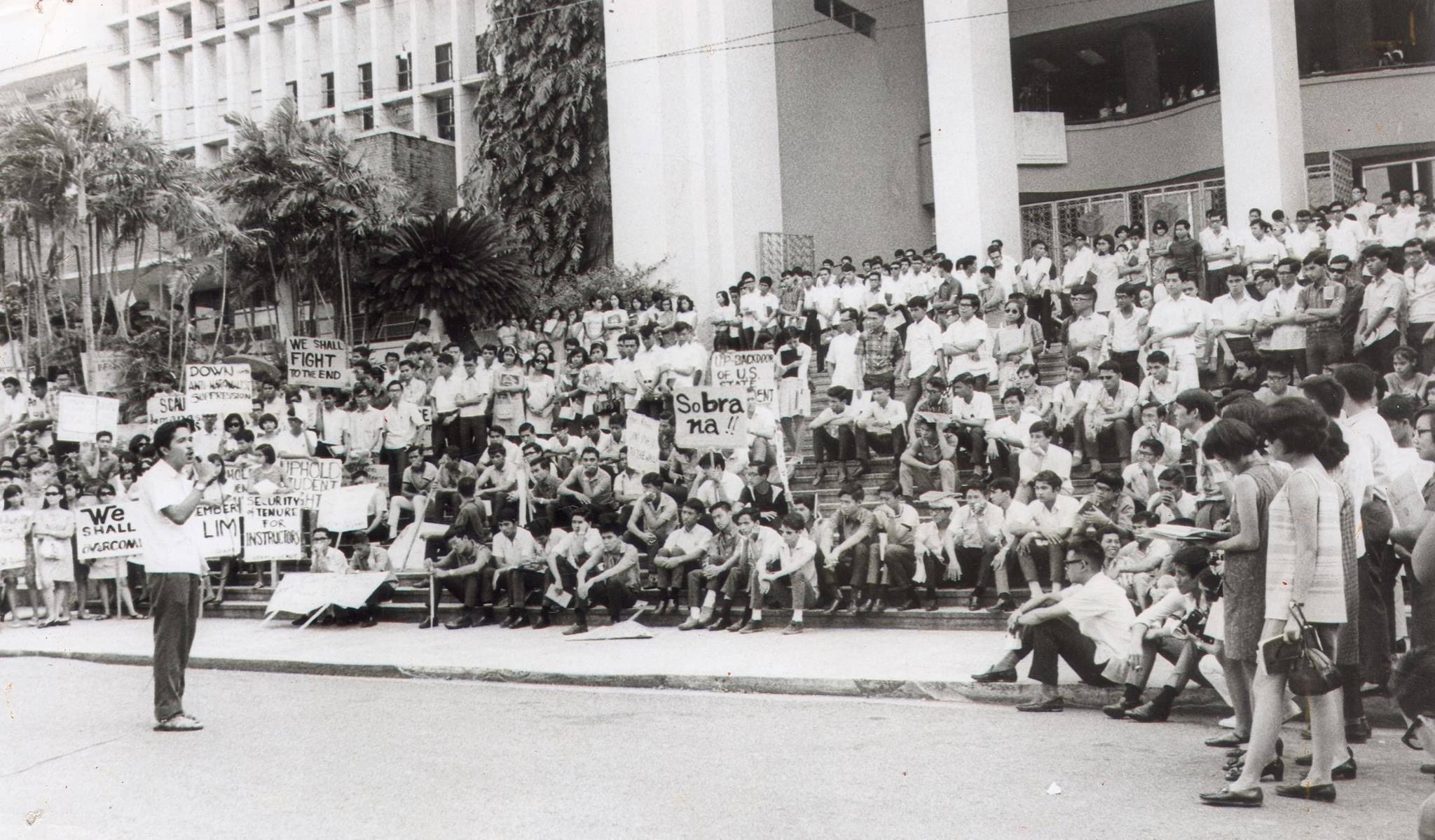
We would have celebrated Ka Jun’s 76th birthday this weekend.
The last time we did was in 2020. We had gathered at his family’s art deco-style home surrounded by tall, old kaimito and mango trees along Narciso Street, Pandacan.
It was a reunion of friends and fellow advocates. Between bites of his mother’s recipe of chicken mole and sips of hot freshly brewed coffee, we made plans for our different organizations: the Samahang Sining at Kultura ng Pilipinas and the Advocates for Environmental and Social Justice. Less than a month later, the global pandemic reached the Philippines.
On September 5, 2021 Ka Jun, Sixto Carlos Jr., activist and freedom fighter, passed from the world.
Student leader
Ka Jun was born on February 27, 1947. He was the namesake of a judge advocate general father. His doting mother Carmen Sackermann was of German ancestry.
Jun was the youngest of three children. He preferred poring over books instead of playing with neighborhood kids.
At the University of the Philippines, he became a leader of the SDK (Samahang Demokratiko ng Kabataan), founded in 1968.

After Marcos suspended the writ of habeas corpus, Jun and his wife Tina were forced to go underground to continued the struggle against the dictator with the farmers and workers of Northern Luzon,
However, due to Sixto’s heart condition, the couple returned to Manila in 1979.
That year, on April 23, on the corner of EDSA and Boni Avenue, security forces in plainclothes abducted Jun at gunpoint.
They drove him to an undisclosed location, and starved him while subjecting him to 72-hours straight of torture. They waterboarded him, and hung him by his arms.
He spent 128 days as a desaparecido, experiencing physical and psychological torture.
But Ka Jun recalled, ”I was not electrocuted, unlike others. I think it’s because they saw the results of my ECG and my medication and knew about my heart condition,”
His parents, siblings, and pregnant wife suffered the agony of uncertainty.

Torture, asylum
When the state finally surfaced him, guards closely monitored every visit by his wife and children.
“Our youngest, Junjun was only 10 days old. They were very strict. They inspected everything–even the baby’s diapers!,” Ka Jun remembered.
Except for these visits, he spent most days in a 5 x 11-foot cell.
In solitary confinement, he could only talk to the ants and lizards crawling around his cell. Sometimes, a bird would sit on the ledge outside his window.
“I would be so happy. I tried not to move so that it would not fly away!”
“You’re in a different world in that small space. [When I was young, I] used to take them (animals) for granted, but they (became) treasured friends; they helped while away the time.”
The voracious reader finally won access to books in his seventh month of isolation. He read over 300 books, mostly novels.
“And when I was allowed a pen and paper, I wrote. I translated texts from English to Tagalog,” he recalled.
The International Committee of the Red Cross visited him on a fact-finding mission in May 1981.
It was a week before the ICRC visit that Jun was transferred to a larger cell, perhaps to show representatives that he was in “good” condition.
He also spoke to visiting representatives of Amnesty International in November of the same year and they documented his experience.
His parents saw him for the first time since his arrest when he appeared in court to face a subversion charge.
“What happened to all your hair?” his mother asked.
Jun had lost his full hair to torture, and “because of the tension I experienced and the lack of sunlight.”
His hair never grew back.
He was finally transferred to Camp Bagong Diwa in Bicutan, living with other political prisoners in one compound. Wednesday was a treat day. They only had to cook rice as his mother would bring two types of dishes plus dessert.
In November 1983, the case against him was dismissed for insufficient evidence.
By that time, “Ninoy Aquino had been assassinated and the winds of change were blowing,” he said.
The judge castigated the members of the military for fabricating evidence against him.
The day after he was freed, Jun joined a demonstration in support of political prisoners.
In December of the same year, however, the late senator and human rights lawyer Jose Diokno told Jun he had heard of a criminal case being prepared against him.
“He said, ‘You have three options: get arrested and detained, go back underground, or leave the country’.”
That was the first Christmas Jun spent with his family in a long time. It was the last one he would spend in the Philippines with his father.
Soon after, he left by way of Japan to The Netherlands to seek asylum. Tina and the boys followed soon after.

Return to home turf
Jun came back in the 1990s, primarily to spend time with his beloved mother Carmen.
He also served as International Secretary of Akbayan and was on frontlines of the movement to rid Pandacan, his home community, of three oil depots.
The work of the the Advocates for Environmental and Social Justice was a protracted effort that began in 2001 until the Supreme Court upheld the implementation of Manila City Ordinance 8283, ordering the phase-out and relocation of the Pandacan oil depot by January 2016.
The clean-up and restoration of that 33-hectare space remains an unresolved issue, however.
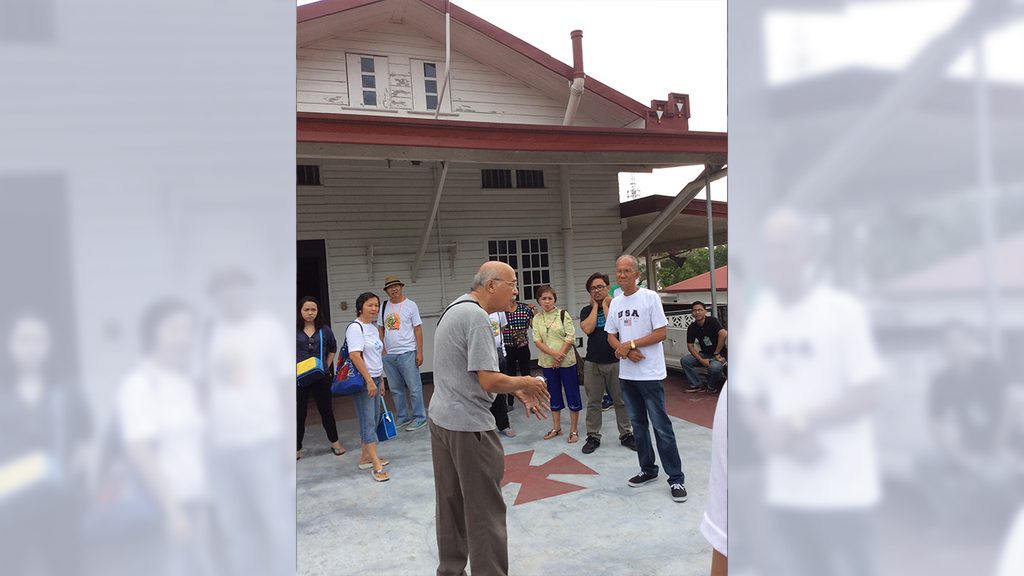
Ka Jun also helped establish the community youth theater group Teatro Balagtas in December 2008 to allow Manila’s artistically-inclined young people to hone their talents.
He helped conceptualize and implement the Lakbay Kamalaysayan Walking Tour of Pandacan, which takes Filipino and foreign tourists to the district’s historic and cultural locations to learn about important figures like Father Jacinto Zamora, Francisco Balagtas, Ladislao Bonus, among others.
An environmentalist and eventually, a vegetarian, he supported the Samahang Sining at Kultura ng Pilipinas’s Good Earth Day Festival that helped educate on the concrete actions each person can do to conserve and protect the environment.
But in 2016, trumped up charges were filed against him, resulting in the imposition of travel restrictions.
The pandemic added to those mobility curbs.
But nothing slowed him down. As soon as restrictions were eased, Ka Jun facilitated projects that helped provide books for barangay libraries, computer units for individuals and organizations that were in dire need, health education for rural areas, and assistance for farmers.

He had plans to continue the many projects that were forced to be put on hold due to COVID-19.
Looking back at his colorful life, Jun once said: “There are certain things I do not regret, but there were certain things I did that I will not do again [because] I may not be lucky next time. You see, I had a number of close calls as an activist, as someone working underground. There were some occasions when my decision could have led to the loss of the lives of people around me. I was lucky that nothing happened to me.”
Looking back at the ideas of youth and the mortality that he once took lightly, he mused, “it could have shortened your life and the lives of others.”
He was also very aware of how privilege affects lives.
“I had a psychological defense. I was captured and beaten, but I told myself: ‘This won’t be for long. I know that my family would use their connections to find me and a way to free me somehow.’ I clung to that.”
“Compare that to our comrades who were, for example, farmers–what did they have to cling to? Faith, belief, that strong conviction in principles worth fighting for, perhaps. However, he would not have a ‘burgis’ who has connections and can really help him out of the situation. There were priests and nuns from whom they could ask help…but apart from them, who else?
Ka Jun’s struggle would take a turn in the 1990s. But until his last days, his commitment to serve the people never waned. – Rappler.com
(Mari-An Santos is a recipient of the Aries Rufo Journalism Fellowship and a family friend of Carlos, who shared his experiences as an activist and his experience of torture under the dictatorship of Ferdinand E Marcos.)
Add a comment
How does this make you feel?
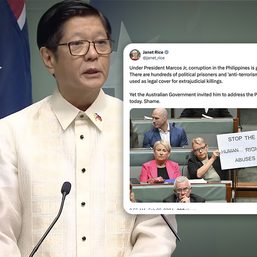
![[OPINION] In the Philippines, the fight for the climate is a fight against state violence](https://www.rappler.com/tachyon/2024/02/imho-contexualizing-state-violence.jpg?resize=257%2C257&crop=265px%2C0px%2C720px%2C720px)
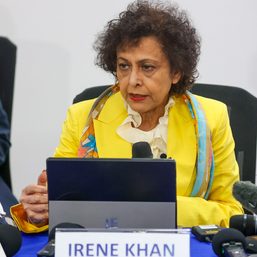
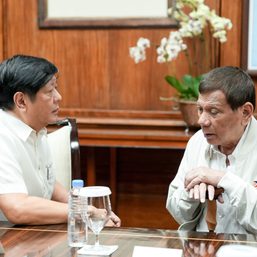
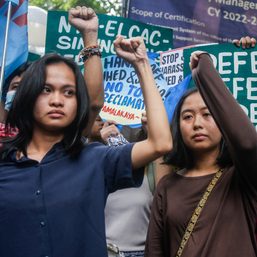
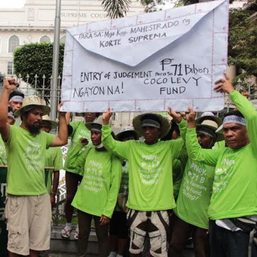
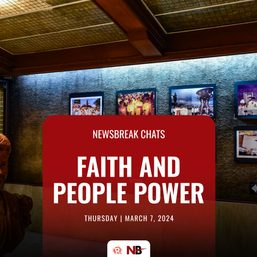
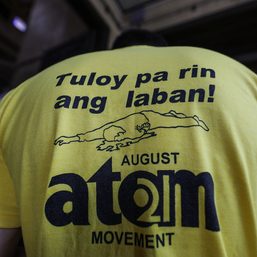
![[OPINION] What happened to laughter in February 1986?](https://www.rappler.com/tachyon/2024/02/tl-laughter-1986.jpg?resize=257%2C257&crop=346px%2C0px%2C720px%2C720px)
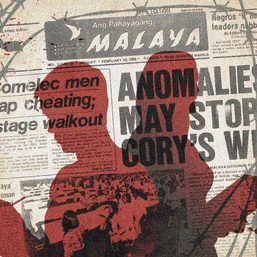
![[Just Saying] Marcos: A flat response, a missed opportunity](https://www.rappler.com/tachyon/2024/04/tl-marcos-flat-response-april-16-2024.jpg?resize=257%2C257&crop=277px%2C0px%2C720px%2C720px)
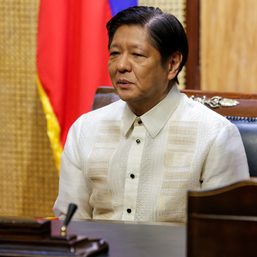

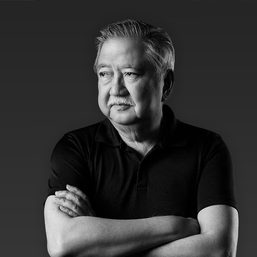
There are no comments yet. Add your comment to start the conversation.